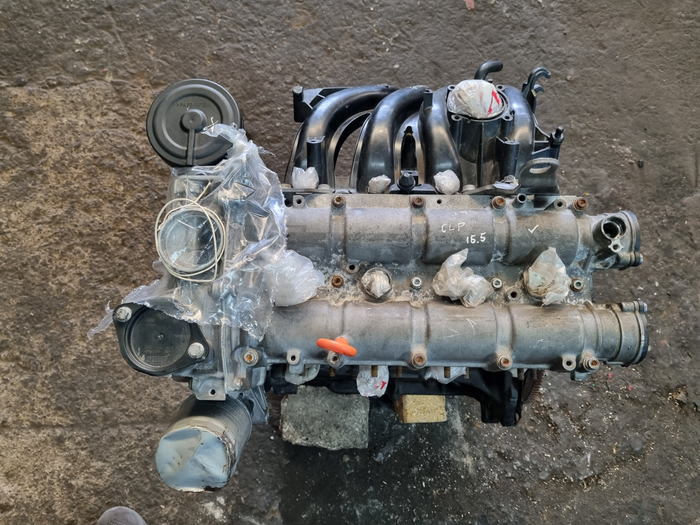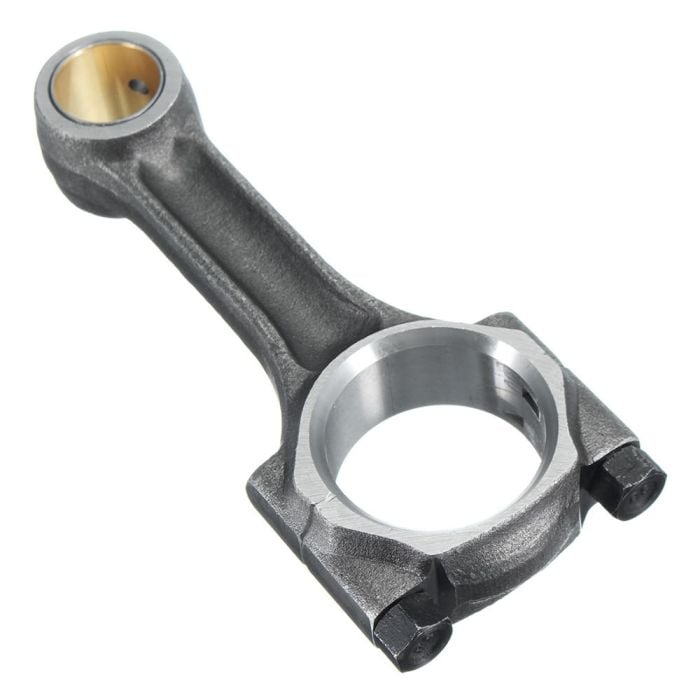Get the best clp engine for your specific needs.
Exactly How a Clp Engine Can Improve Performance in Various Industries
The advent of CLP engines notes a considerable change in operational performance across numerous industries, driven by their capacity to enhance gas consumption and lessen downtime. Industries such as manufacturing and logistics stand to get considerably from their durable layout and constant power result, which guarantee to streamline operations and enhance productivity. As companies progressively focus on sustainability alongside performance, the role of CLP engines ends up being also much more critical. What stays to be seen is just how these advancements will form the future landscape of industrial operations and their effect on more comprehensive economic patterns (clp engine).
Summary of CLP Engines
CLP engines, or Continual Fluid Propellant engines, represent a considerable development in propulsion technology, particularly for room applications. These engines make use of a constant feed system that allows for the continual expulsion of propellant, bring about boosted effectiveness and performance contrasted to conventional solid or hybrid propulsion systems. By keeping a continuous flow of fluid propellant, CLP engines can achieve more specific drive control, which is essential for maneuvering spacecraft in numerous mission circumstances.
The style of CLP engines integrates innovative products and innovative gas management systems. clp engine. This causes minimized weight and increased integrity, vital factors for long-duration room objectives. Furthermore, the constant operation lessens the risk of burning instability, a common obstacle in conventional rocket engines.

Advantages in Production
The manufacturing of Constant Liquid Propellant (CLP) engines presents several remarkable benefits that boost both effectiveness and cost-effectiveness. One of the primary benefits is the structured manufacturing procedure, which decreases the complexity related to traditional propulsion systems. By making use of fluid propellant, makers can accomplish better accuracy in engine efficiency, causing enhanced energy result and minimized waste.
Additionally, CLP engines help with a higher level of modularity, enabling for simpler integration right into different manufacturing lines. This flexibility can substantially reduce lead times and boost general operational adaptability. Making use of CLP technology additionally has a tendency to minimize the requirement for comprehensive maintenance due to fewer relocating parts, which converts into lowered downtime and operational prices.

Applications in Logistics
Leveraging Continuous Liquid Propellant (CLP) engines in logistics provides considerable benefits in operational effectiveness and dependability. These engines supply a durable option for different transportation requirements, allowing the seamless motion of products across large distances. The inherent design of CLP engines enables consistent power result, which converts right into smoother and a lot more foreseeable transport routines.
Among the key applications of CLP engines in logistics remains in sturdy products transportation, where they can drive both ground and aerial lorries. Their capability to keep high performance under differing lots problems makes sure that delivery timelines are satisfied, therefore improving consumer fulfillment. Furthermore, CLP engines can be integrated into automated logistics systems, facilitating real-time monitoring and enhancing path planning.
Moreover, the resilience of CLP engines lowers upkeep downtime, allowing logistics firms to maximize their operational abilities. This is particularly beneficial in warehousing operations, where performance in dealing with and transferring items is vital. As look at here now logistics remains to progress, the integration of CLP engines stands for a forward-thinking method that not just improves performance yet also sustains the industry's expanding needs for dependability and rate.
Influence On Power Efficiency
Exactly How do Continuous Fluid Propellant (CLP) engines improve power efficiency in transportation? CLP engines make use of a consistent circulation of fluid fuel, maximizing burning processes and keeping a stable thrust output. This style decreases energy losses connected with typical combustion engines, where fuel shipment can differ and lead to ineffectiveness.
The continual procedure of CLP engines allows for a much more reliable thermal cycle, causing higher particular impulse visit this page contrasted to standard engines. clp engine. This translates to minimized gas intake for the same amount of work done, substantially decreasing functional costs across various transportation markets, consisting of aeronautics and maritime sectors
Moreover, the ability of CLP engines to maintain optimal performance under varying load conditions decreases the demand for regular velocity and slowdown, better boosting gas performance. Boosted power effectiveness not just adds to cost savings but also results in lower greenhouse gas emissions, aligning with global sustainability objectives.
Future Trends and Innovations
Arising innovations in Continual Fluid Propellant (CLP) engine innovation pledge to change the landscape of transport performance and sustainability. As markets pivot toward greener alternatives, CLP engines stand at the center, incorporating ingenious materials and design methodologies that boost efficiency while lessening environmental impact.
Among the most promising fads is the fostering of hybrid systems that combine CLP engines with renewable resource sources. This synergy can maximize fuel consumption and lower discharges, aligning with international sustainability goals. In addition, advancements in computational liquid dynamics (CFD) are helping with the layout of even more aerodynamically efficient engines, bring about decreased drag and boosted fuel efficiency.
Furthermore, the growth of smart surveillance systems is established to enhance functional performances. These systems utilize data analytics and IoT modern technology to maximize engine efficiency in real-time, ensuring that the engines operate within their most efficient criteria.
As research continues to check out alternative propellant formulations-- such as biofuels his response and artificial gas-- the future of CLP engines looks encouraging. By harnessing these advancements, markets can not only enhance their effectiveness yet also contribute substantially to a cleaner, a lot more lasting future in transport.
Verdict
In final thought, CLP engines stand for a considerable improvement in performance across multiple industries. The integration of advanced products and less relocating components minimizes upkeep needs, while alignment with sustainability objectives placements CLP engines as an essential modern technology for the future.